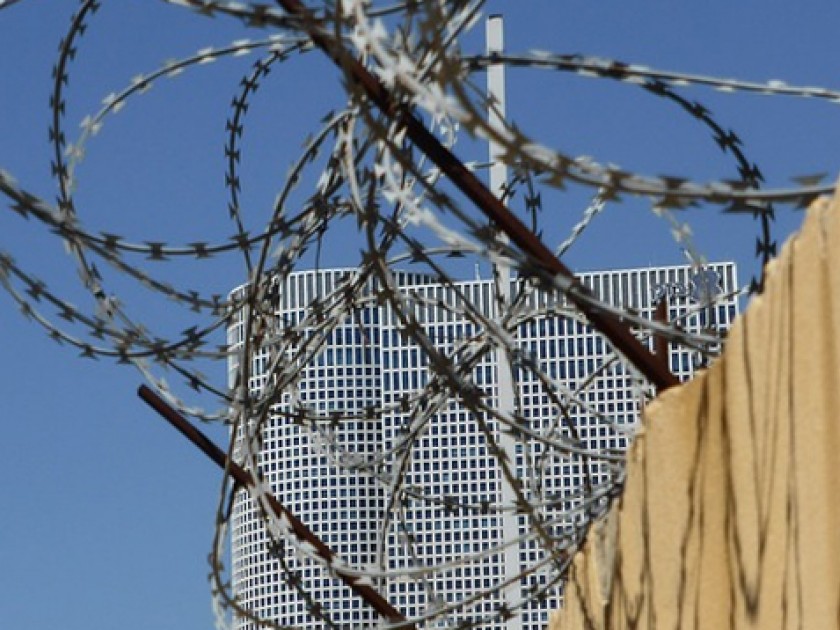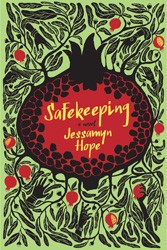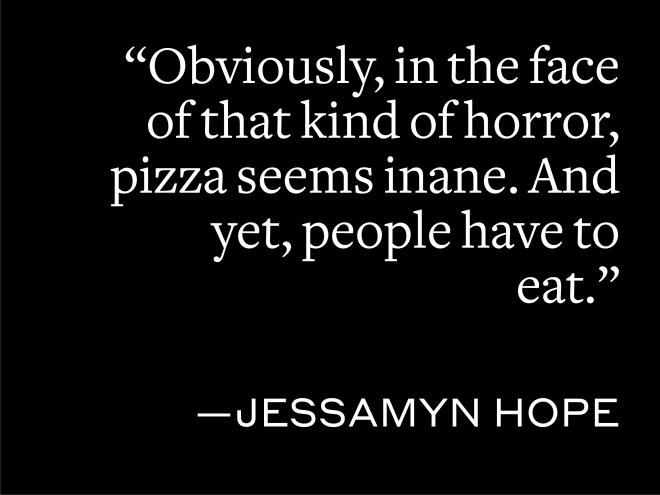
Earlier this week Jessamyn Hope described the first three of six major changes she observes in Israel between now and 1994, the year in which her novel Safekeeping is set on a kibbutz in Northern Israel. She follows up today with the remaining three developments, and is blogging here all week for Jewish Book Council’s Visiting Scribe series.
Welcome back to the time machine! We are traveling twenty-one years into the past, to Israel in 1994, the setting for my debut novel Safekeeping. Last time, we marked the changes in television, cars, and the addition of Russian to many road signs. If you missed that post, you can read it here. Now for three more changes:
1. Tel Aviv
Much can be said about the city’s journey over the last two decades — from its ascension to the number two start-up center in the word, after Silicon Valley, to its newfound fame as an LGBT destination, all while coping with eighteen suicide attacks (the first in 1994). We’re going to focus on the city’s physical transformation. Let’s just say Tel Aviv already had the attitude back in the day, but now it’s got the outfit. The first morning I ever arrived in Israel, a taxi ferried me from the old Ben Gurion Airport to the Kibbutz Program Center, through a low-rise city, its old Bauhaus buildings stained and dilapidated under the pink dawn sky. Today those buildings, many gorgeously restored and housing boutique hotels and restaurants, form a UNESCO World Cultural Heritage Site known as the “White City.” Older neighborhoods, such as Florentin and Neve Tzedek, are abustle with shops, bars, and galleries that rival Brooklyn in their hipsterdom. Add to the changing cityscape the redesigned HaBima Theatre, the striking new addition to the Tel Aviv Museum of Art, and the old train station and seaports reinvented as nighttime hotspots. In 1994, Tel Aviv’s skyline had one building over thirty floors; now it has twenty-three, and nineteen more on the way. One thing has remained the same: there’s still a staggering number of stray cats.
2. The Security Fence
And yes, in some places, such as the environs of Jerusalem, a wall. An eyesore. When it comes to the Israeli-Palestinian conflict, much has happened since 1994, but too little has changed. Erection of the barrier started in 2002, a year in which terrorist attacks killed 452 Israelis on buses and in restaurants. As the barrier came up, suicide attacks went down. It is not the only barrier along a border — the U.S. has one with Mexico — but the West Bank barrier has garnered much international criticism, in part for not adhering more closely to the “green line,” effectively annexing 9.4% of the West Bank. Proponents argue it only deviates where hills and tall buildings can host snipers and that the barrier is not the final border. Whatever your thoughts on the barrier — whether it’s the reason for the reduction in suicide bombings, whether it should fall only on the green line, whether it should be built at all — it is inarguably a sad manifestation of the failed peace process, which was at its height in 1994.
3. The Kibbutz
This is a change at the heart of my novel Safekeeping: the privatization of the kibbutzim. Set on a kibbutz near Haifa, the novel shows six lives becoming entangled and changed forever over one fateful summer, the summer the kibbutz will vote on whether to end equal pay. While living on kibbutzim from 1994 to 1996, I witnessed the end of several kibbutz customs. My fellow twenty year olds, who had all been raised together in a Children’s House, now had younger siblings growing up in their parents’ homes. Members began eating dinner alone or with their families instead of in the dining hall. But at its heart, the kibbutz still operated according to the socialist ideal “from each according to his ability, to each according to his needs.” Over the following years, however, the changes grew more drastic, until the first kibbutz I had lived on divided all its assets among its members. This gave my great-uncle, a longtime member, personal ownership of his apartment. Today, more than 200 of the 270 kibbutzim have either partly or fully privatized, paying members different salaries for different work.
This list of changes in Israel could go on, with every change warranting its own essay. Or book. For a more nuanced and immersive experience of Israel in 1994, read Safekeeping.
Jessamyn Hope is the author of the novel Safekeeping, winner of the J.I. Segal Award and a finalist for both the Ribalow Prize and the Paterson Fiction Prize. Her memoirs and short stories — originally published in Ploughshares, The Common, and elsewhere — have received two Pushcart Prize honorable mentions, been named a Best American Notable Essay, and have been anthologized in Best Canadian Essays, The Broadview Anthology of Expository Prose, and The New Spice Box: Contemporary Jewish Writing. She grew up in Montreal, has long lived in New York City, and is spending the year in Tel Aviv.

